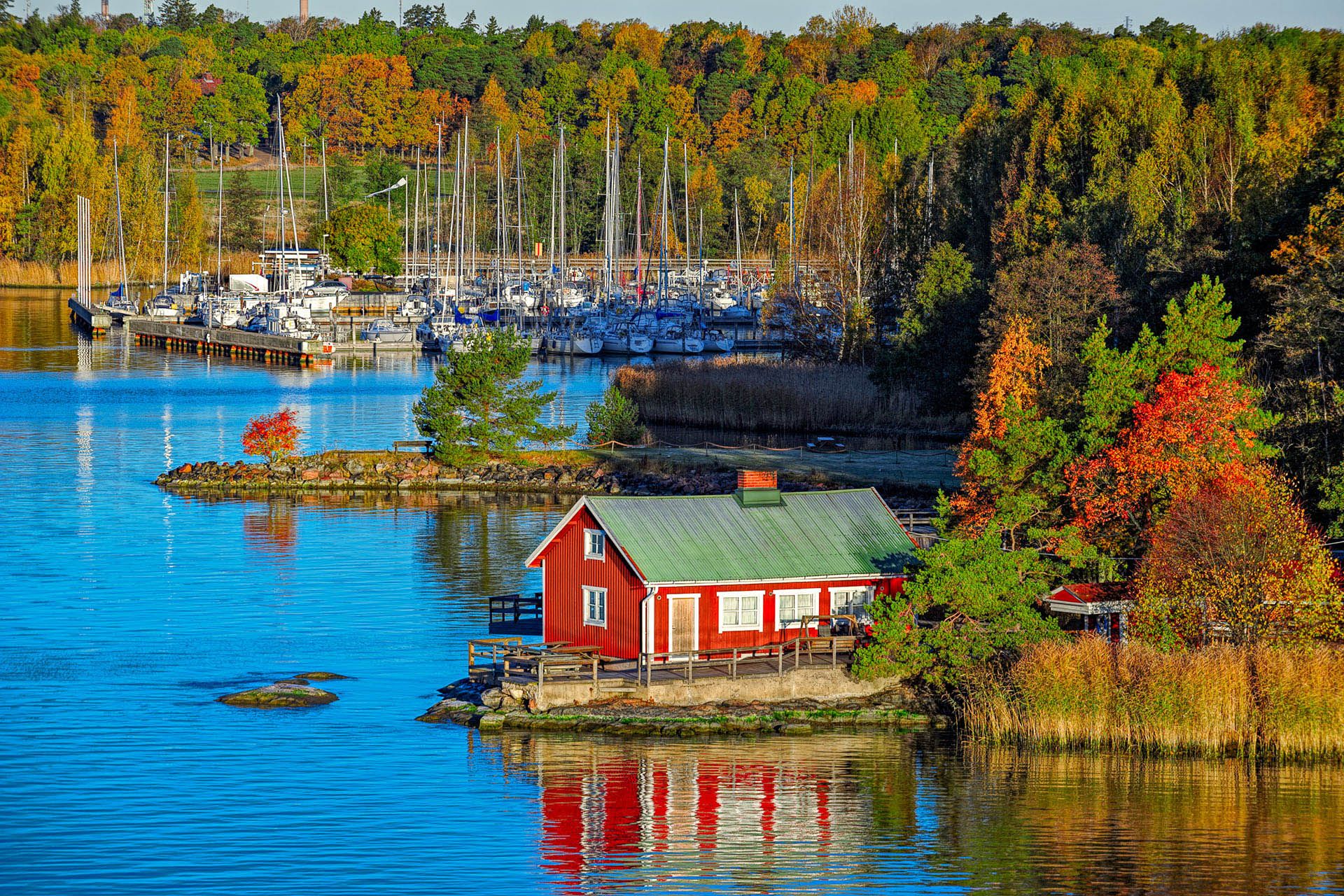Mistakes to avoid
Even with careful research, it is easy to slip up when figuring out how to plan a trip to Finland. The country has its quirks, from long distances to unique traditions, and small oversights can affect your experience. Keep these common mistakes in mind to make your journey smoother.
- Trying to see Helsinki, Lakeland, and Lapland on a short trip.
- Forgetting how short winter days are in the north.
- Skipping the Finnish sauna experience, which is central to Finnish life.
- Underestimating mosquitoes in July.
- Packing badly. Summer still needs layers, winter still needs full cold-weather gear.
- Ignoring local traditions. If you visit during Midsummer, expect shops to close and Finns to disappear to their cottages.
People also ask
When planning your trip, you might find yourself searching for practical advice that goes beyond itineraries and packing lists. These common questions cover essential Finland travel tips, from entry requirements to cultural customs, to help you feel confident before you go.
Do I need a visa to visit Finland?
Most visitors from the United States, Canada, the United Kingdom, and many other countries do not need a visa for short stays up to 90 days. Finland is part of the Schengen Zone. Always check the latest entry requirements before you travel.
Can I see the Northern Lights in Finland?
Yes. Finland is one of the best countries in the world for the aurora. The season runs from September to March, with top spots including Rovaniemi, Saariselkä, Levi, and Inari. Staying in a remote cabin or glass igloo away from light pollution gives you the best chance.
What is sauna etiquette in Finland?
Saunas are central to Finnish culture. It is normal to be naked, but if you feel uncomfortable, a towel is acceptable. Always shower before entering, sit on a towel inside, and keep conversation light or silent depending on the group. Cooling off afterwards with a swim or a roll in the snow is part of the ritual.
When is the best time to visit for Midsummer?
Midsummer is celebrated on the weekend closest to June 21. It is one of the most important Finnish holidays, marked by bonfires, lake swimming, and parties in summer cottages. Cities empty out, so it is best to join locals in the countryside for the full experience.
Is it easy to get around Finland without a car?
Yes, especially if you stick to major cities and towns. Trains connect Helsinki with Tampere, Turku, and Rovaniemi, while long-distance buses reach smaller destinations. For exploring Lakeland or the archipelago, renting a car gives you far more freedom.





